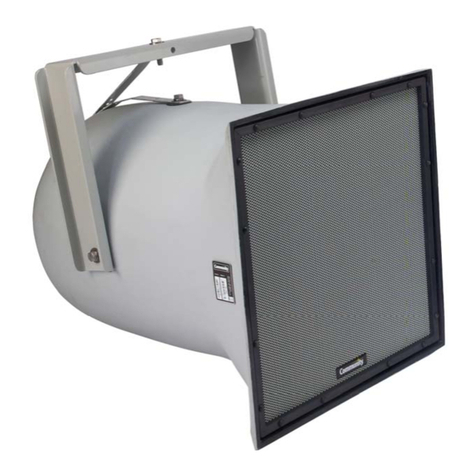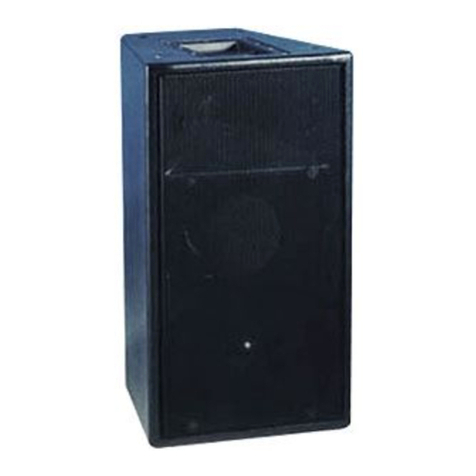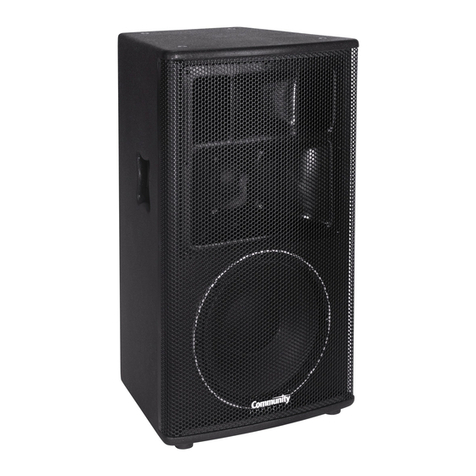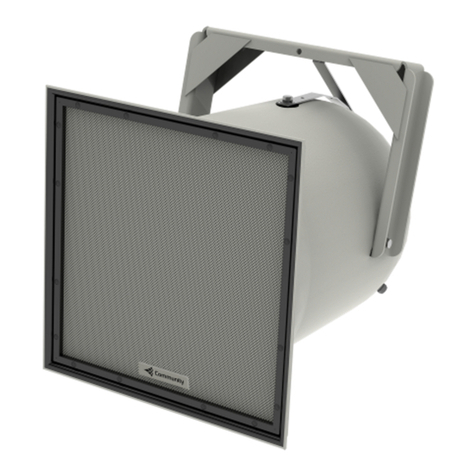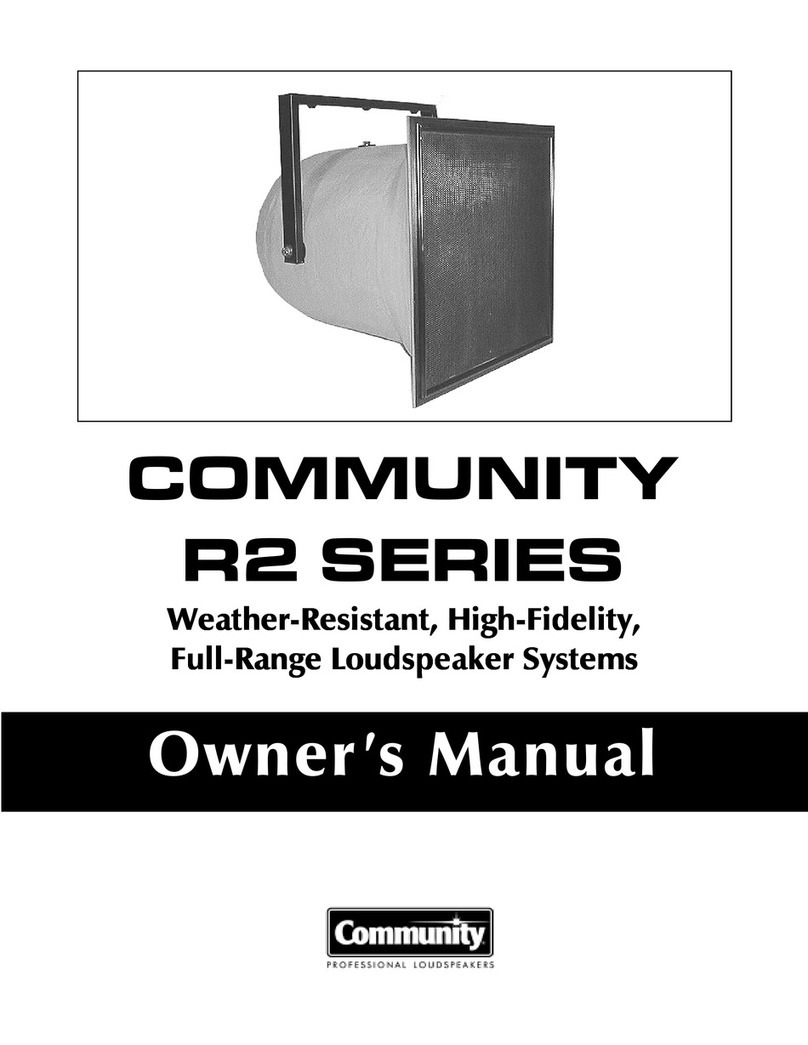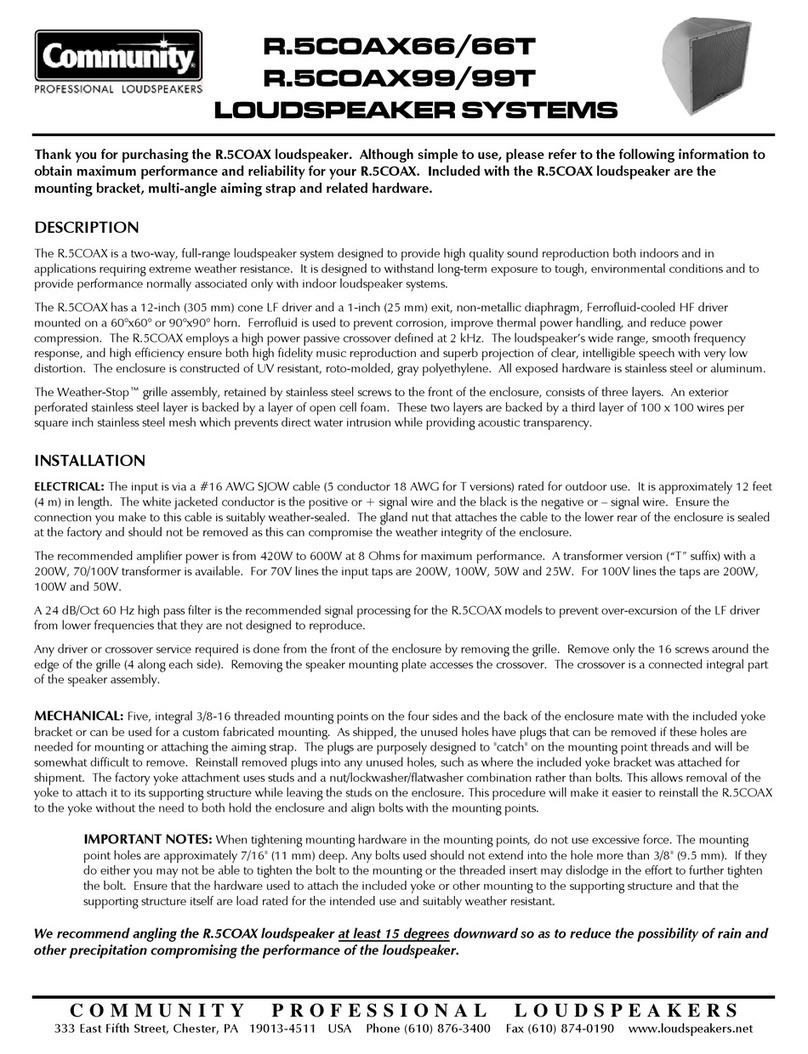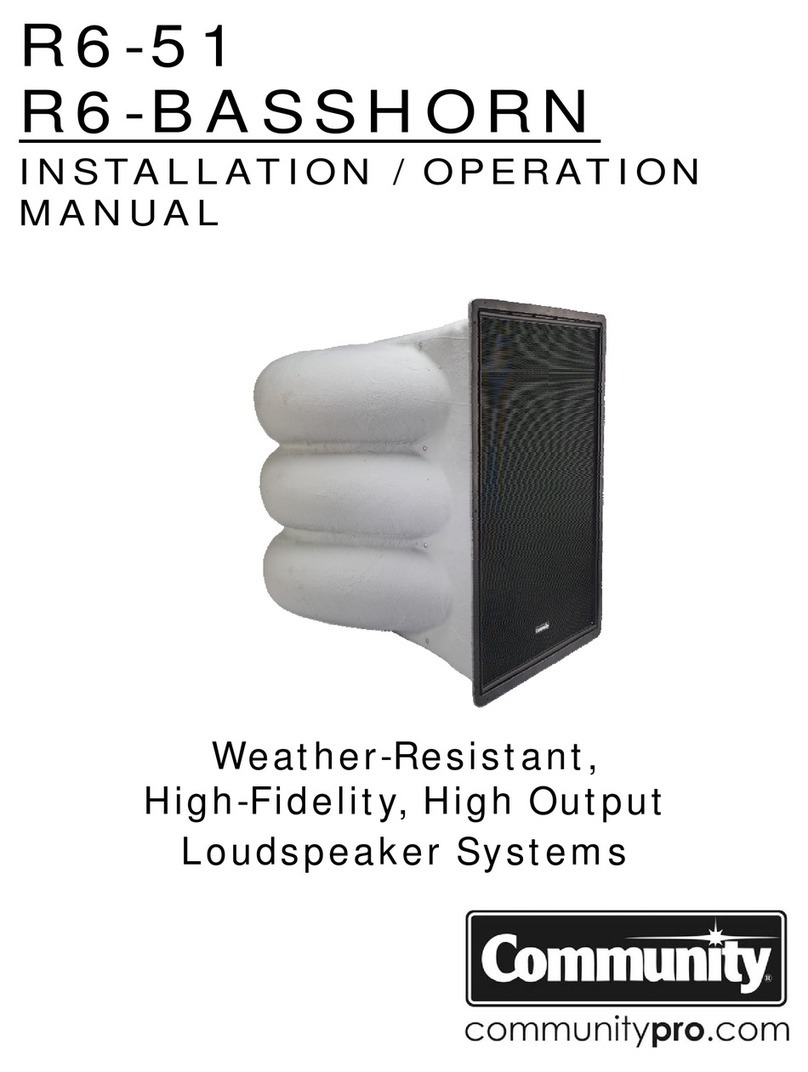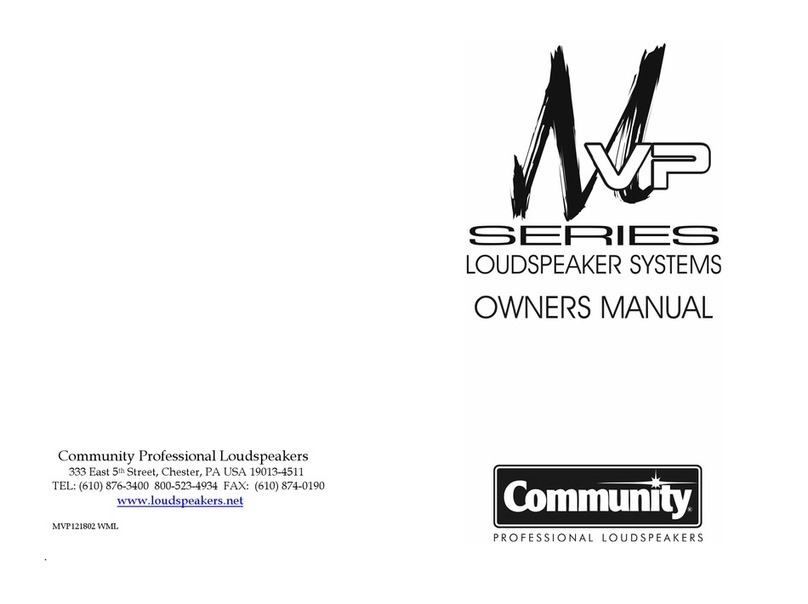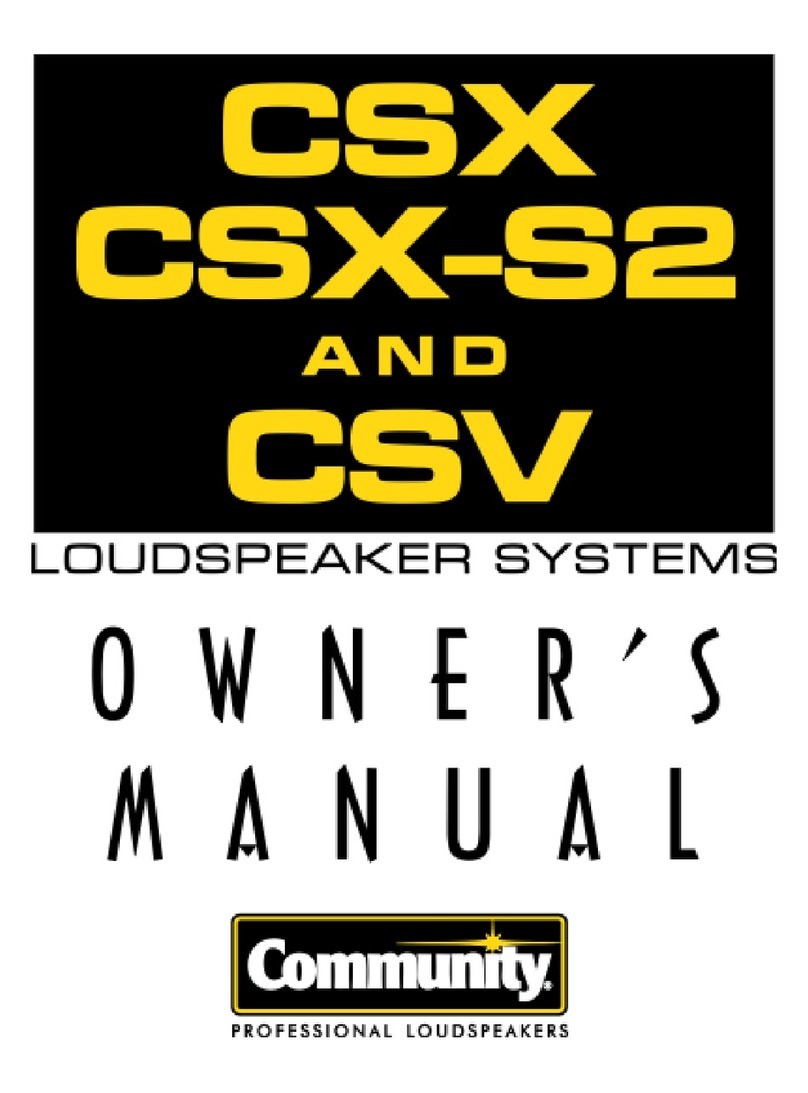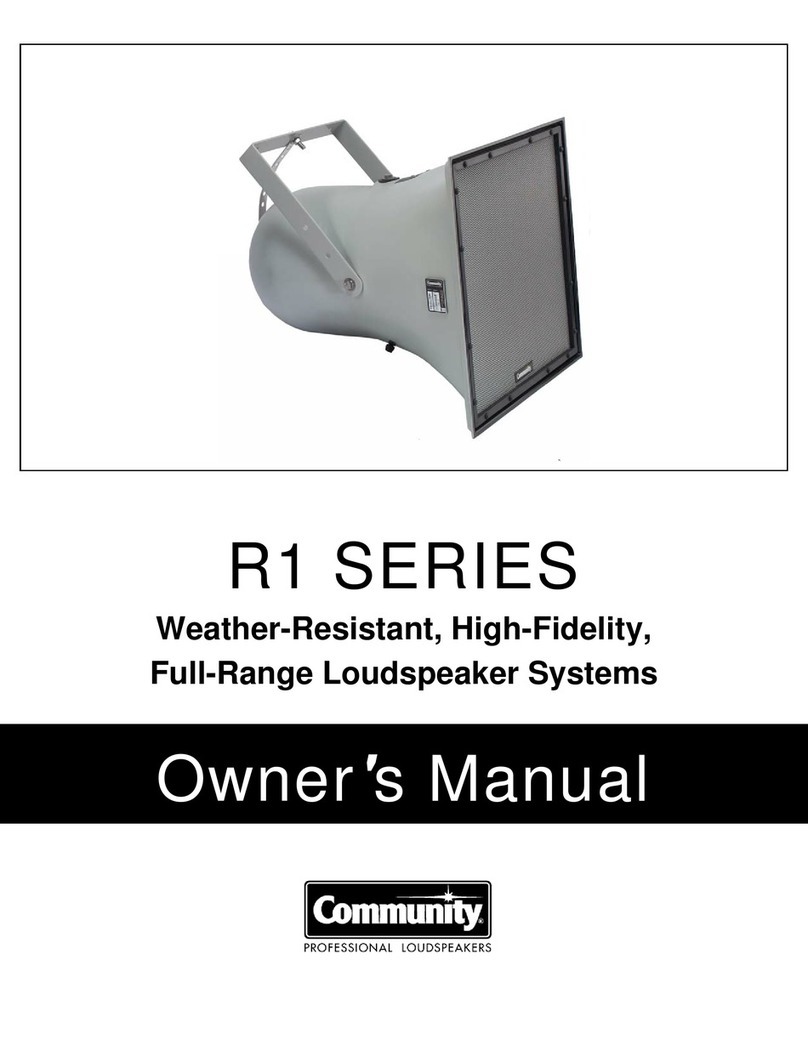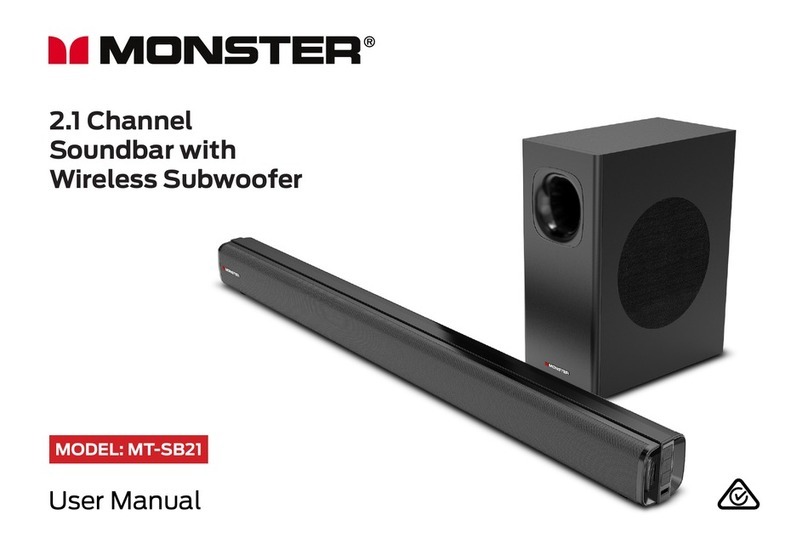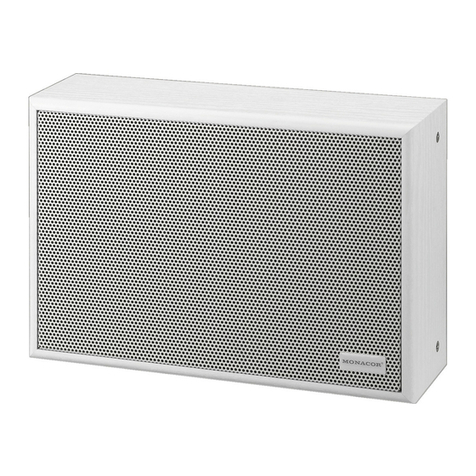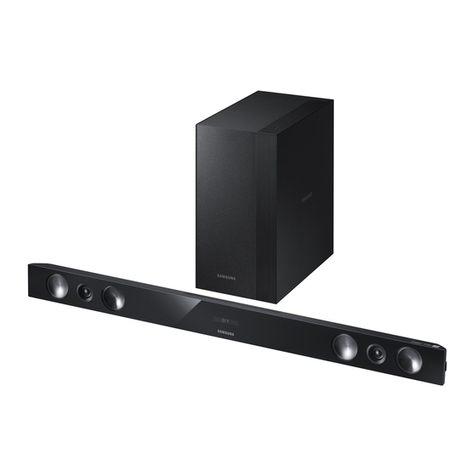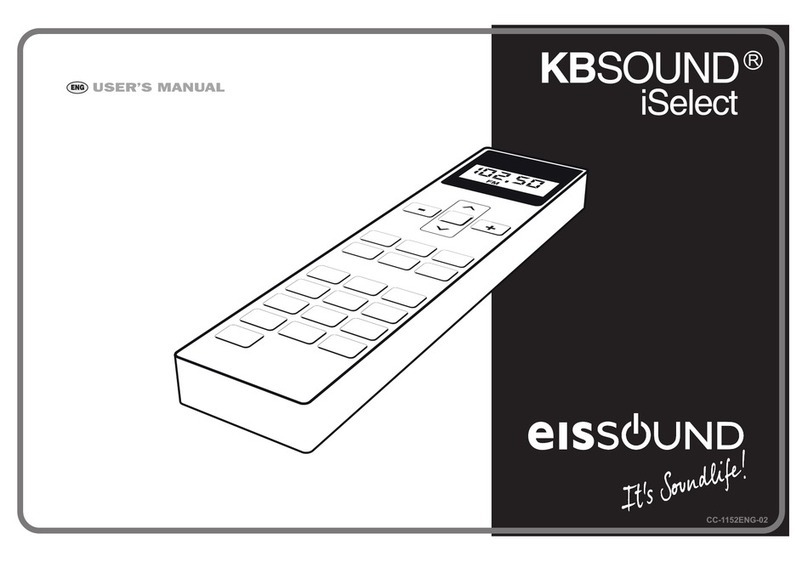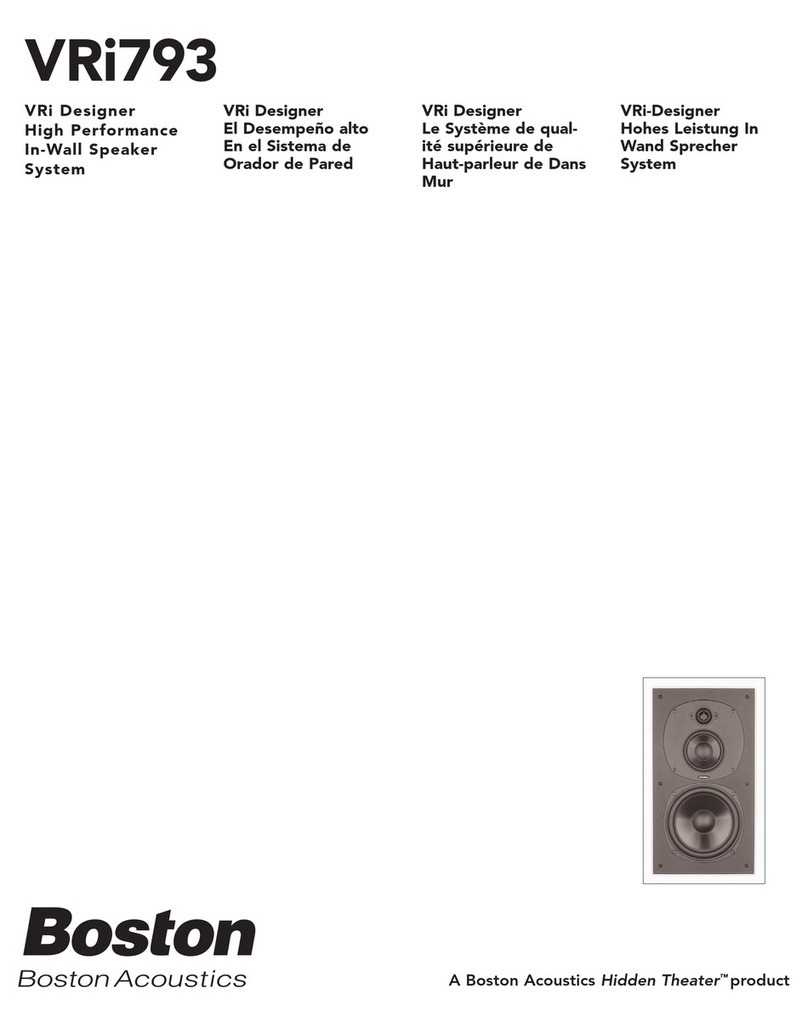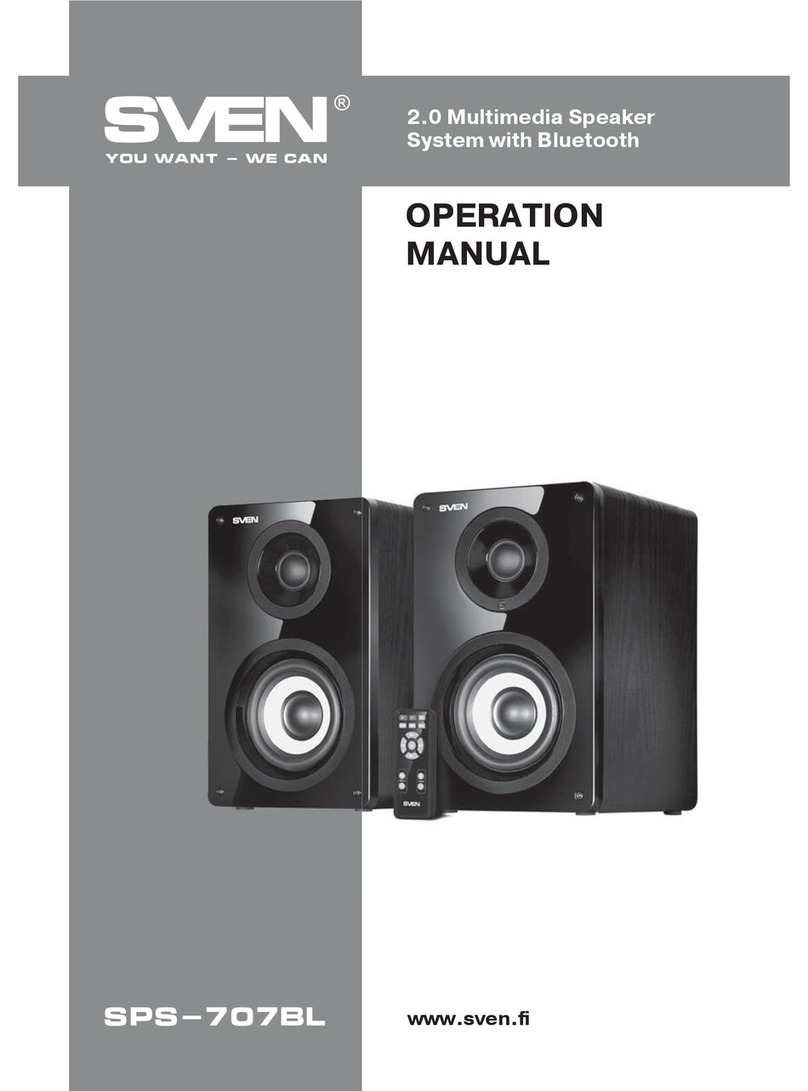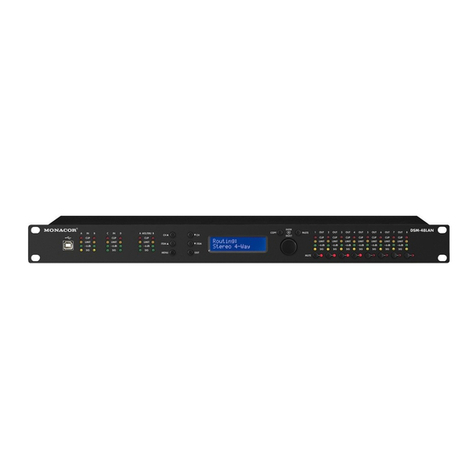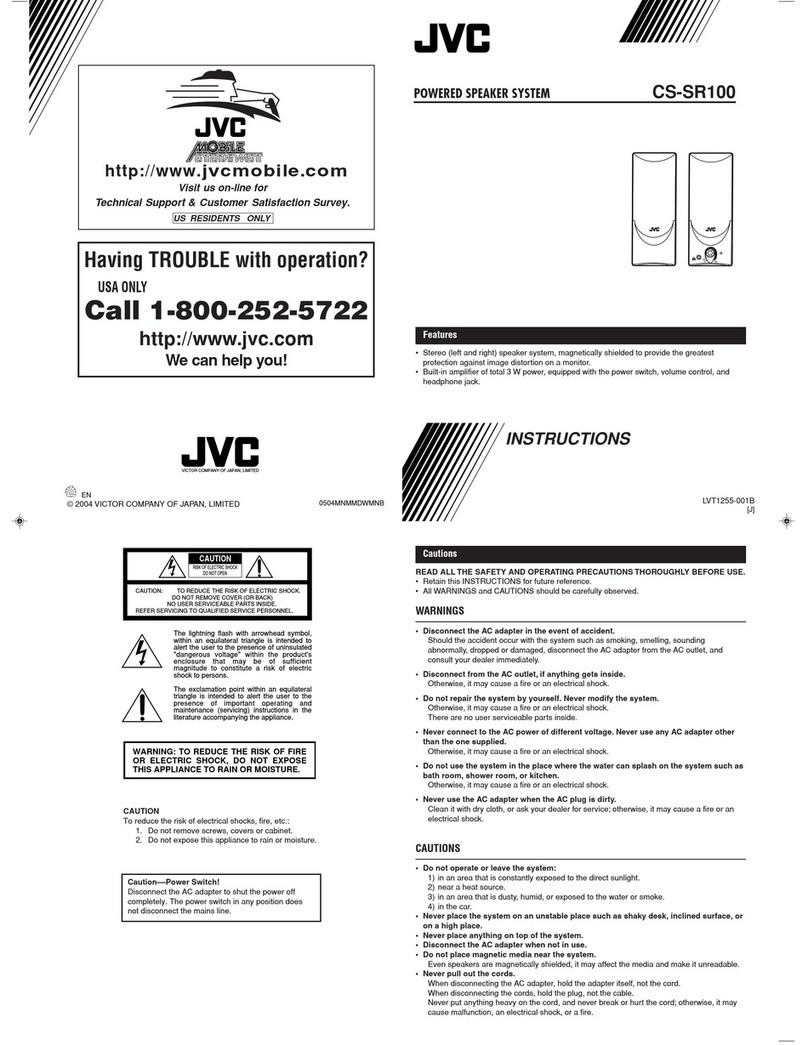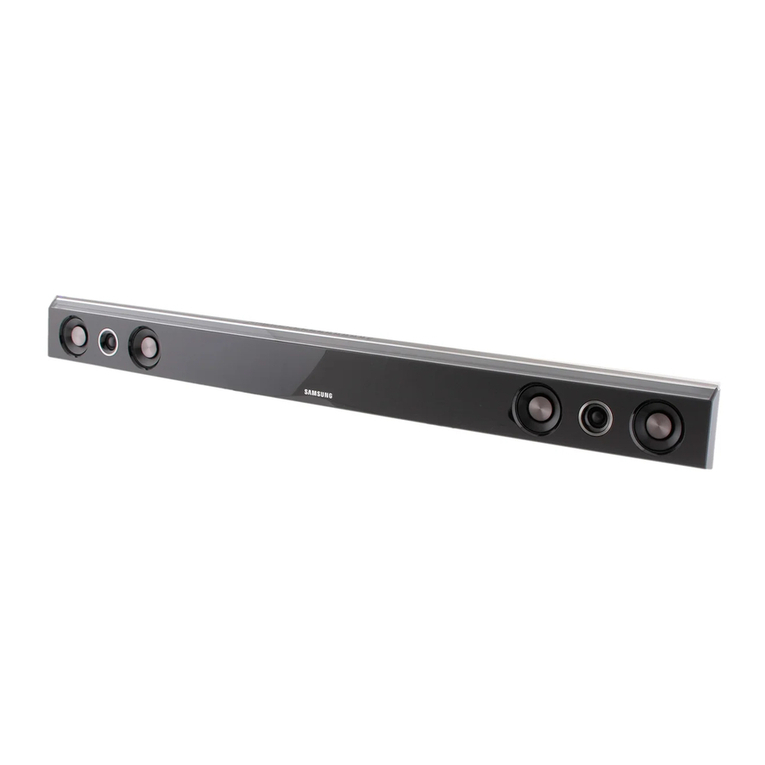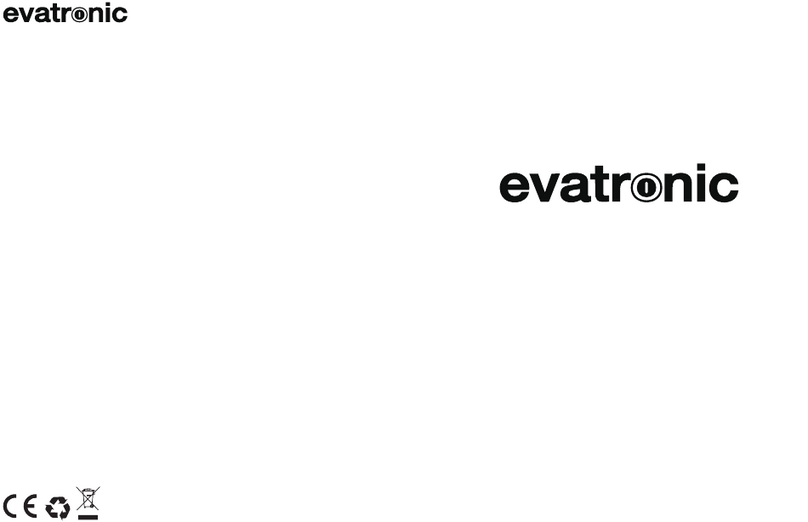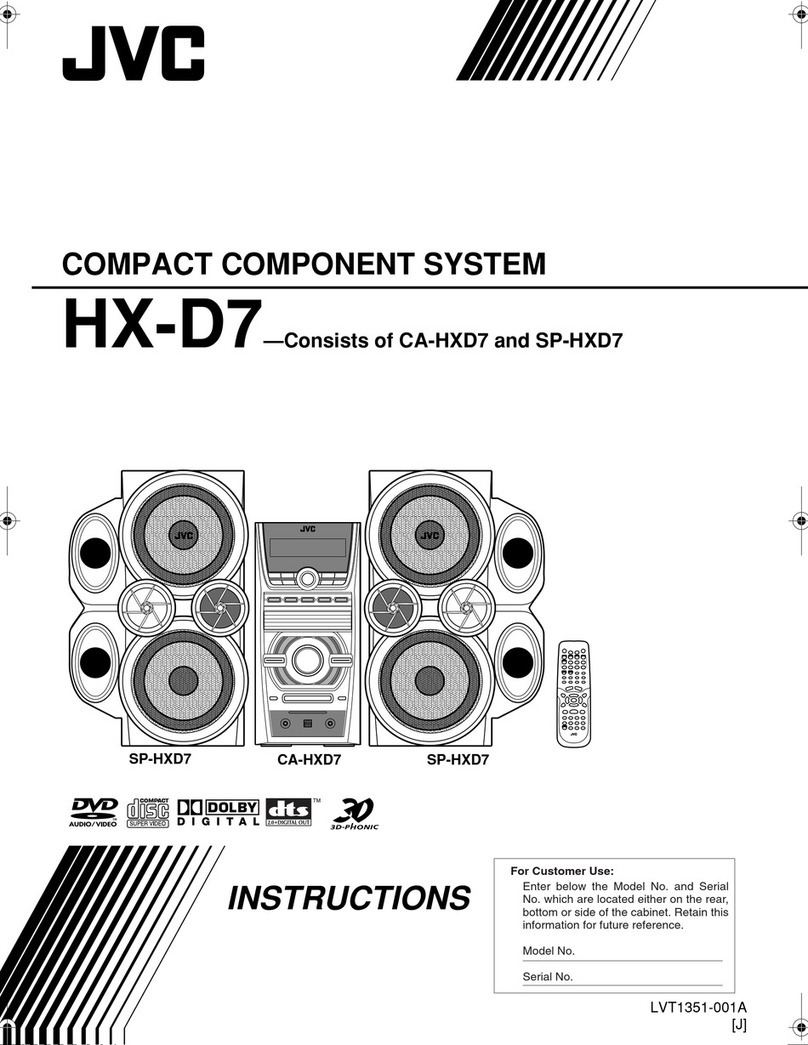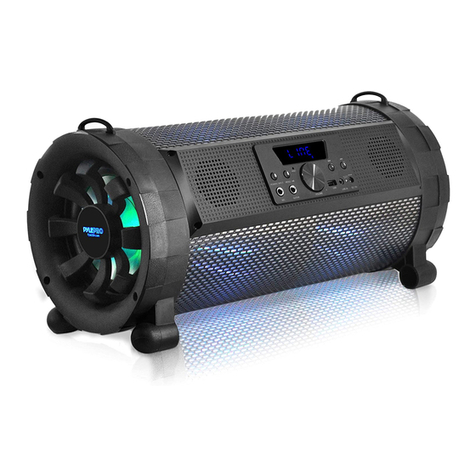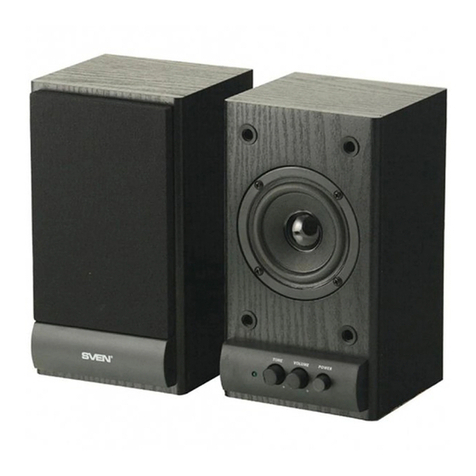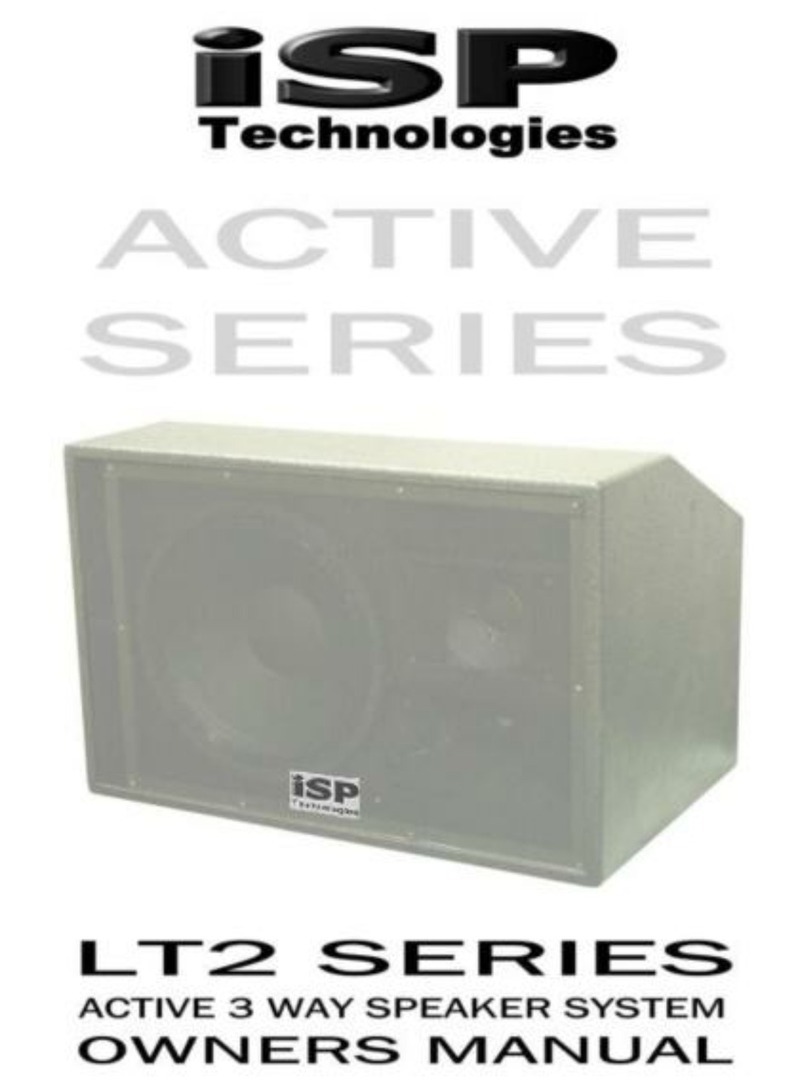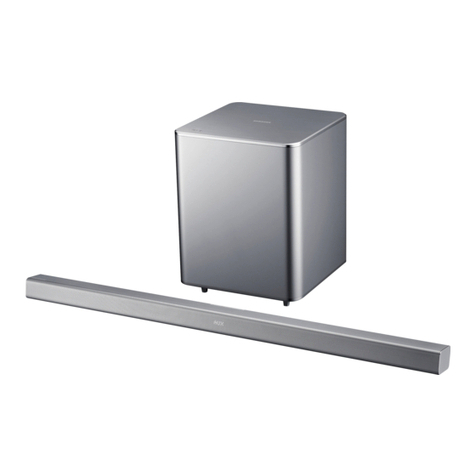
VERIS 2 – Operation Manual - Page 6
VERIS 2 OPERATION MANUAL
INTRODUCTION
In 2007 Community introduced the VERIS line of loudspeakers. It rapidly became one of our most
successful product families.
Now, in 2012, we have re-engineered the VERIS family and re-named it VERIS 2. These all-new
loudspeakers retain the size, shape and features that have become highly sought after, following the
introduction of the original VERIS line - while simultaneously providing significantly improved
performance. Technology marches on… and we’ve used the best and latest materials, manufacturing
techniques and acoustical methodology to improve VERIS 2, without adversely harming the
performance-to-price ratio.
Some of the new exciting VERIS 2 technologies include:
A powerful one-inch High Frequency driver that outperforms anything in its class. The new HF
driver also permits lower frequency crossover points, thereby providing better integration with the
cone drivers as they approach the crossover region.
All crossovers have been re-designed and individually voiced to increase uniformity among the
various models in the line.
Models that employ dual cone-drivers, the V2-26 and V2-28, now utilize improved frequency-
shading of one of the cone drivers. This improves the polar response, as well as the frequency
response, throughout the crossover region.
The smaller VERIS 2 models, the V2-6, V2-8, V2-26, and V2-28 feature a new rotatable horn
design that allows optimal dispersion in either vertical or horizontal mounting positions. Accessed
by removing the front grille, the horn may be easily rotated in the field.
All models in the line feature re-engineered protective front grilles. The new grilles have larger
perforated openings that reduce reflective interference without sacrificing structural integrity.
The VERIS 2 product family includes a new dual 15” subwoofer called the V2-215S. Additionally, all
full-range models benefit from the introduction of new optional Vertical Yoke Brackets.
OVERVIEW
The ability of VERIS 2 loudspeakers to meet the needs of a broad range of installation requirements,
at affordable price points, is truly unmatched. Venues such as nightclubs, cafes, discotheques, houses
of worship, auditoriums, lecture halls, restaurants, theatres, and almost anywhere else that people
gather to enjoy music or hear the spoken word, are within the ability of the VERIS 2 line to respond
with acoustical perfection.
VERIS 2 excels in applications that require controlled coverage patterns, high-impact power response,
and intelligible sonic output. VERIS 2 loudspeakers are flexible, easy to install, and most importantly,
they provide excellent sound quality.
This manual is intended to help you install VERIS 2 loudspeakers effectively and safely. It provides
useful information to assist in obtaining the best sound quality, overall performance, and reliability
from VERIS 2 products.
We’ve provided several easy-to-understand diagrams that enable you to quickly grasp the main
features of VERIS 2 loudspeakers; however, we recommend that you take the time to read the entire
manual to insure that your VERIS 2 installations meet the highest possible standards of performance
and safety standards.
